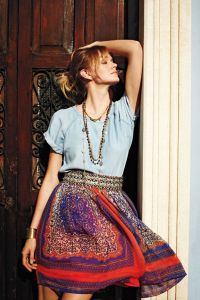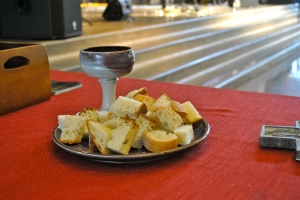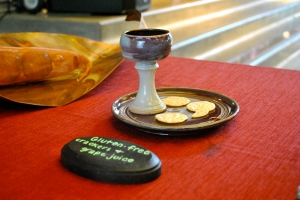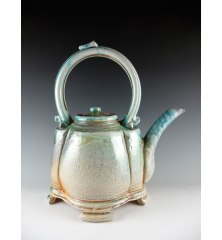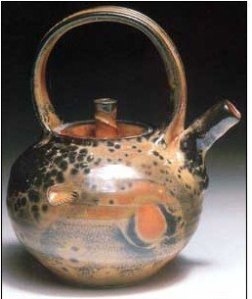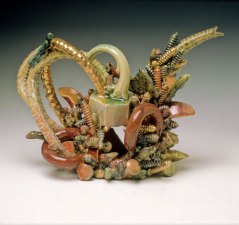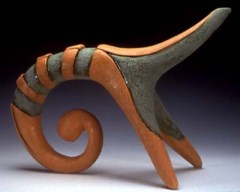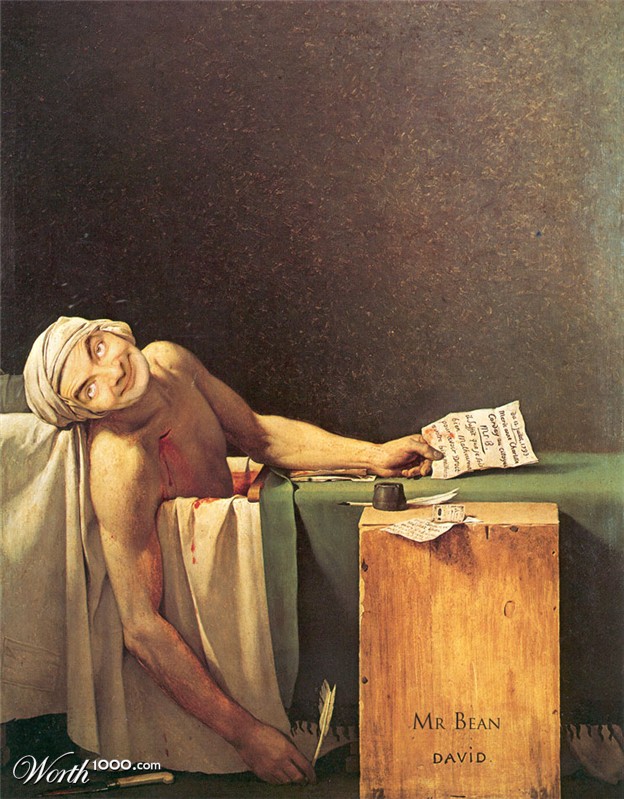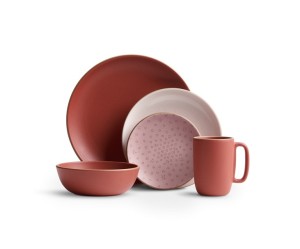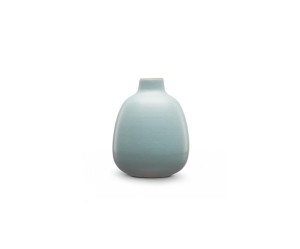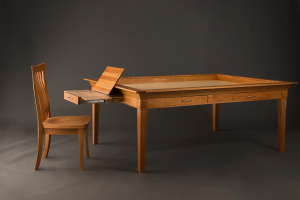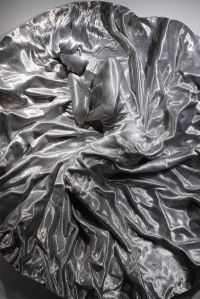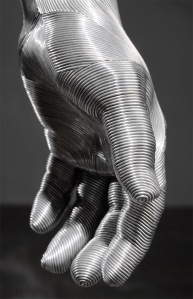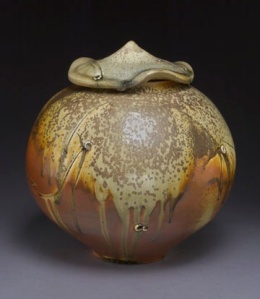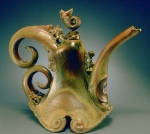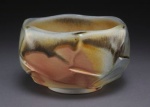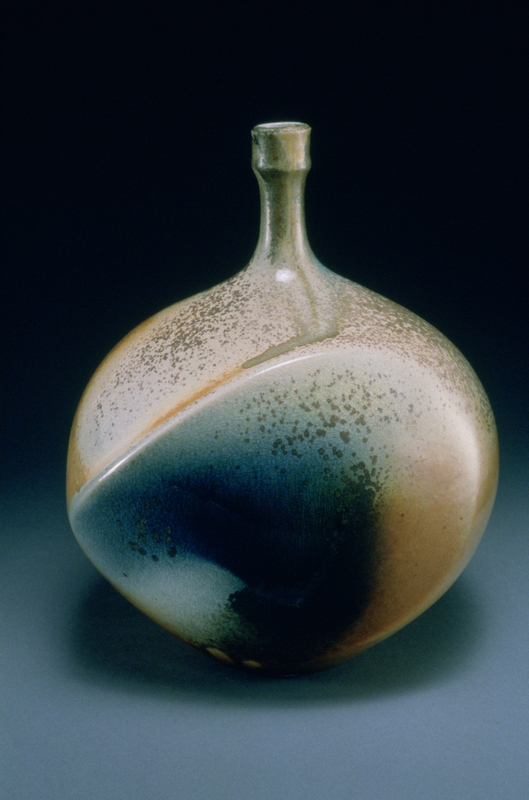If I asked you to describe an artist what would you say? They are flaky, lofty, full of angst, or “interesting”? Would you say that they are absorbed with “self-expression”, or that they are “starving”? I looked up what people thought an artist was on Urban Dictionary, and was not surprised by the variety of answers that I found. One person said, “Someone who wears a bitter scarf and burns concert pianos in manors while masturbating and to operas very loudly with a bourbon in one hand.” Another said, “Someone who believes that “creativity” and “individuality” is the highest point which man can achieve, despite the fact that they provide no valuable service or advancement to society as a whole.” There are all these stereotypes and preconceived notions about artists, how they should act, how they should dress, and so on. When I first started college, and even now, people would ask me what I was majoring in and roll their eyes when I told them. Just yesterday, I was talking to someone about what I was going to do after college, and upon hearing that I am an art major and my husband is a history major, she just laughed and said “Well…good luck…”
In one of the final chapters of It Was Good Making Art: to the Glory of God, Theodore Prescott discusses the concept of the identity of the artist and how the world views said artist. One thing that he said, in particular, is what started me thinking about how the world views artists, “My point is that being interesting is an important value within the art world. I believe that like the concept ‘artists express themselves,’ the idea that artists are interesting people, lead interesting lives, and make interesting things is part of the popular identity of the contemporary artist.”
If you think about it, stereotypes are annoying, but they have to come from somewhere and there is definitely truth in them. I decided to do some research about what the more modern stereotypes are. As such, I decided to start out with the question “How does an artist dress?” Normally when I think of the stereotypical artist, the image that comes to mind is a french painter with a beret, a paint covered smock, and a curly mustache. However, we are not in France, and I have never seen anyone dressed like that except in movies. One of the first things to come up was a wikiHow entitled “How to Dress like an Artist,” so you too can fulfill the stereotype. As I was reading through the guide, I had to laugh because it basically described how EVERYONE in the Portland area dresses and shops. It included tips like: give up shopping at department stores and only go to thrift stores or vintage boutiques, consider tattoos or stopping shaving, and make your own clothes. However, whatever you do, your new style must be “uniquely you,” and you can’t care what other people think. I have included some pictures that I found on a pinterest board entitled “Dress Like an Artist” which embodied the how to guide, and as you can see, half of our campus (and particularly last years seniors) dress in this manner.
At the very end of the guide, a few tips were given for people to consider when they were developing their new style. I found one particularly interesting: “Dress so that art can happen. Wear leggings that allow you to dance, or choose shirts that can be splattered with paint or charcoal.” This tip really embodies one of the ideas about artists that Prescott mentioned in the chapter, “The artist does not make art as one would work at a job, with set hours every day, and an entrance into and exit from a work world and a work consciousness. Everything in the artist’s life may be part of the artistic process, or subject matter for the art.” When I was reading these two quotes, I was struck with the idea that this actually describes me. I don’t normally dress in giant sweaters and scarves, but I am constantly wearing jeans and a flannel because I know that the chances of me randomly going into the studio to throw or the lab to glaze are pretty high and so I have to wear something that can get dirty. I realized that I can’t look at a dish without thinking about how it was made, and I always have a little sketchbook with me incase I get an idea for a pot. Even I cant get away from these concepts, and I know that I have a lot of friends that are the same way.
So are these stereotypes good or bad? It depends on how you look at it. Some stereotypes are generally harmless, such as the idea that artists lead “interesting” lives. However, not all of them are. Clearly, judging by the responses in Urban Dictionary, there are a lot of negative opinions out there about artists, which is sad to think about. I, personally, don’t know anyone who burns piano’s and calls it art, but those people are definitely out there. A lot of contemporary artists strive to do art that is “new” and “edgy,” and as such, end up doing these really extreme things that get extreme responses. I cannot claim to be a fan of this type of art (in fact, if you know anything about me, I can’t stand this type of art), and I think that it is really sad that it can cause people to overlook the artists that are actually making good, well crafted work, because they don’t understand the contemporary artists.
If you are interested in more wikiHow guides about being an artist, you will be glad to know that you can also learn how to become an artist by completing just a few simple steps. My personal favorite guide teaches you “How to Act Like a Tortured Artist.”
How to Dress Like an Artist: http://www.wikihow.com/Dress-Like-an-Artist
Dress Like an Artist Pinterest Board: http://www.pinterest.com/missysosnoski/dress-like-an-artist/
How to Become an Artist: http://www.wikihow.com/Become-an-Artist
How to Act Like a Tortured Artist: http://www.wikihow.com/Act-Like-a-Tortured-Artist
Urban Dictionary Artist Definition: http://www.urbandictionary.com/define.php?term=artist



